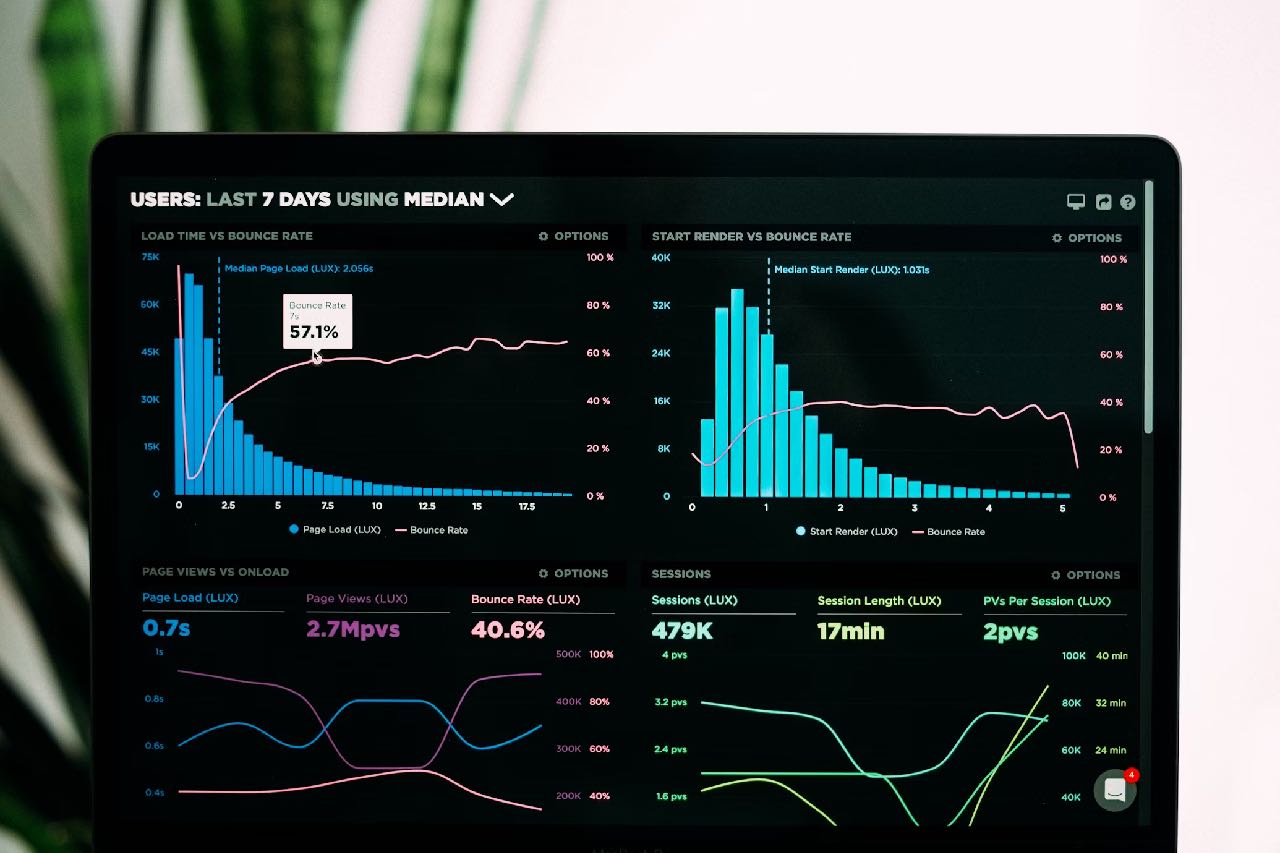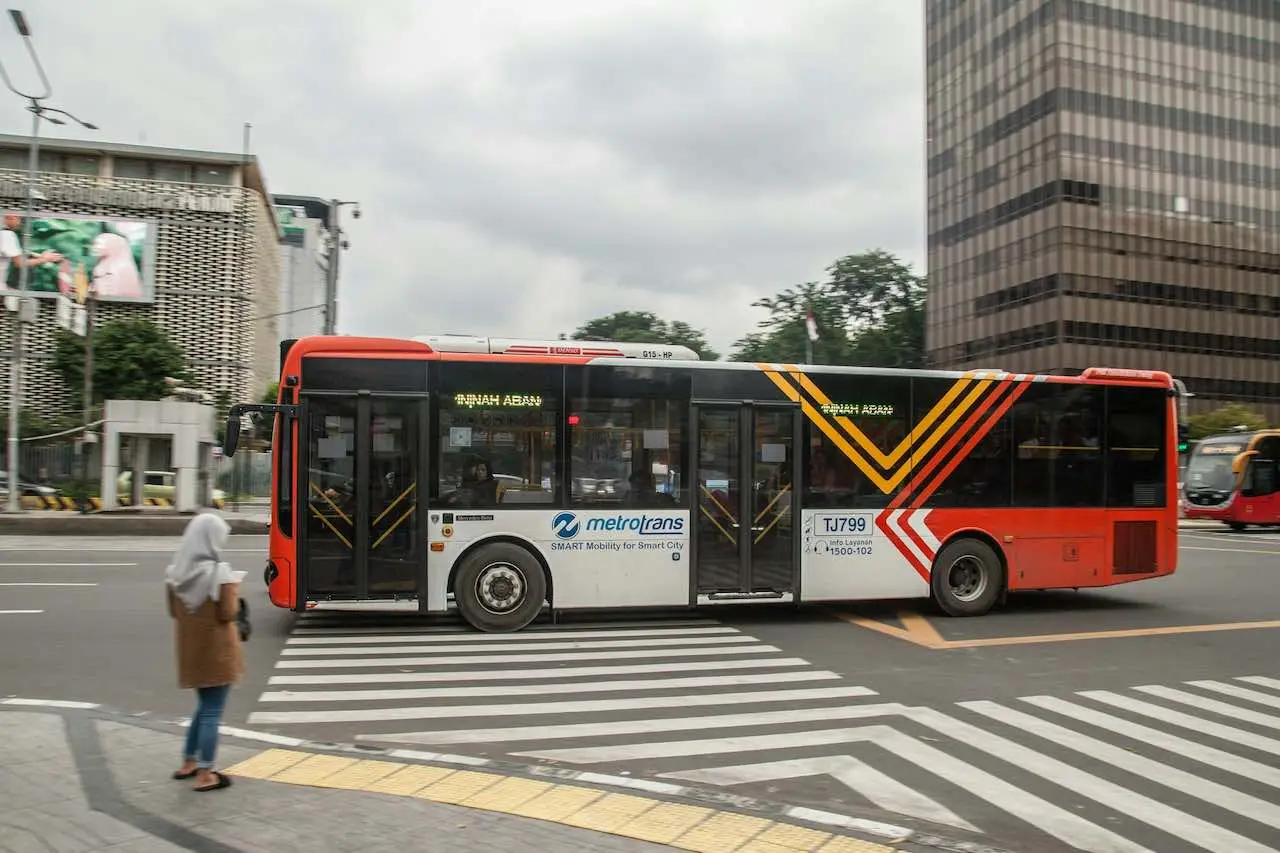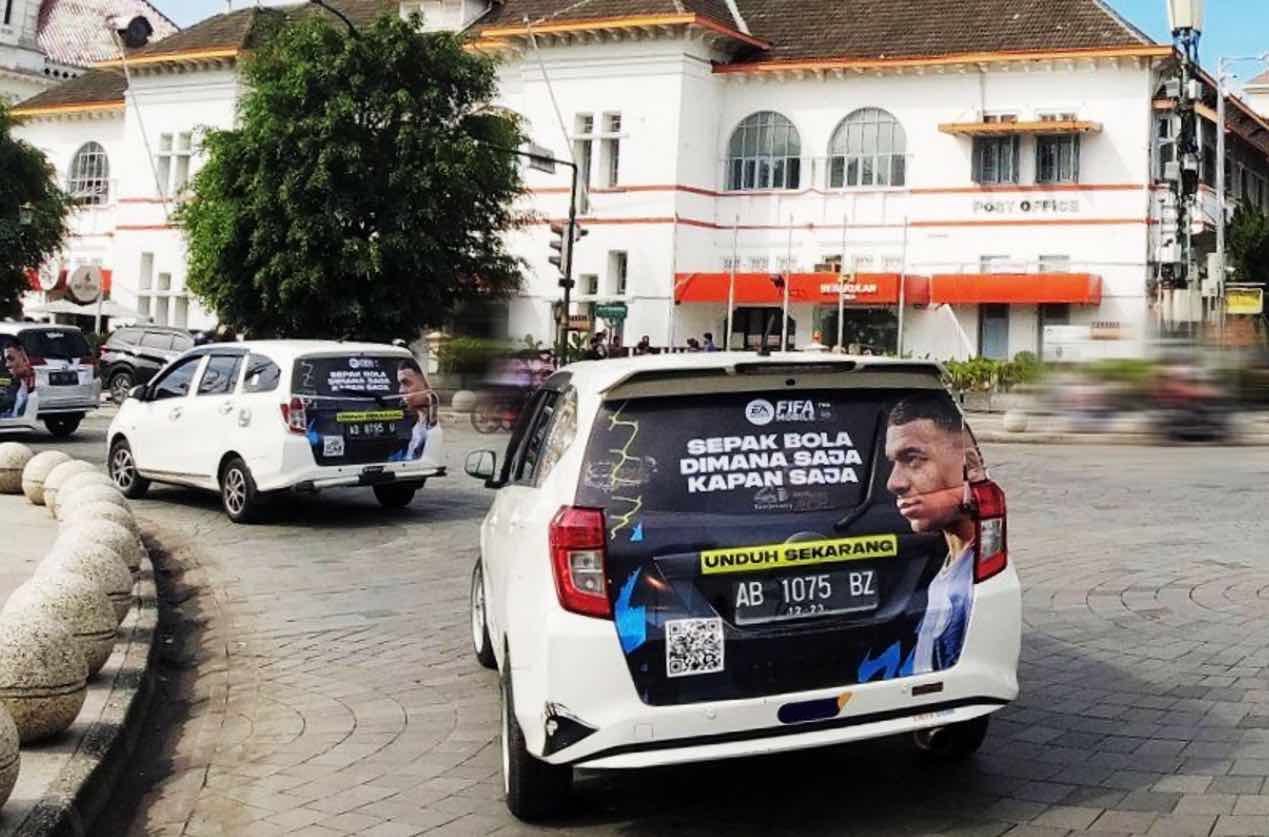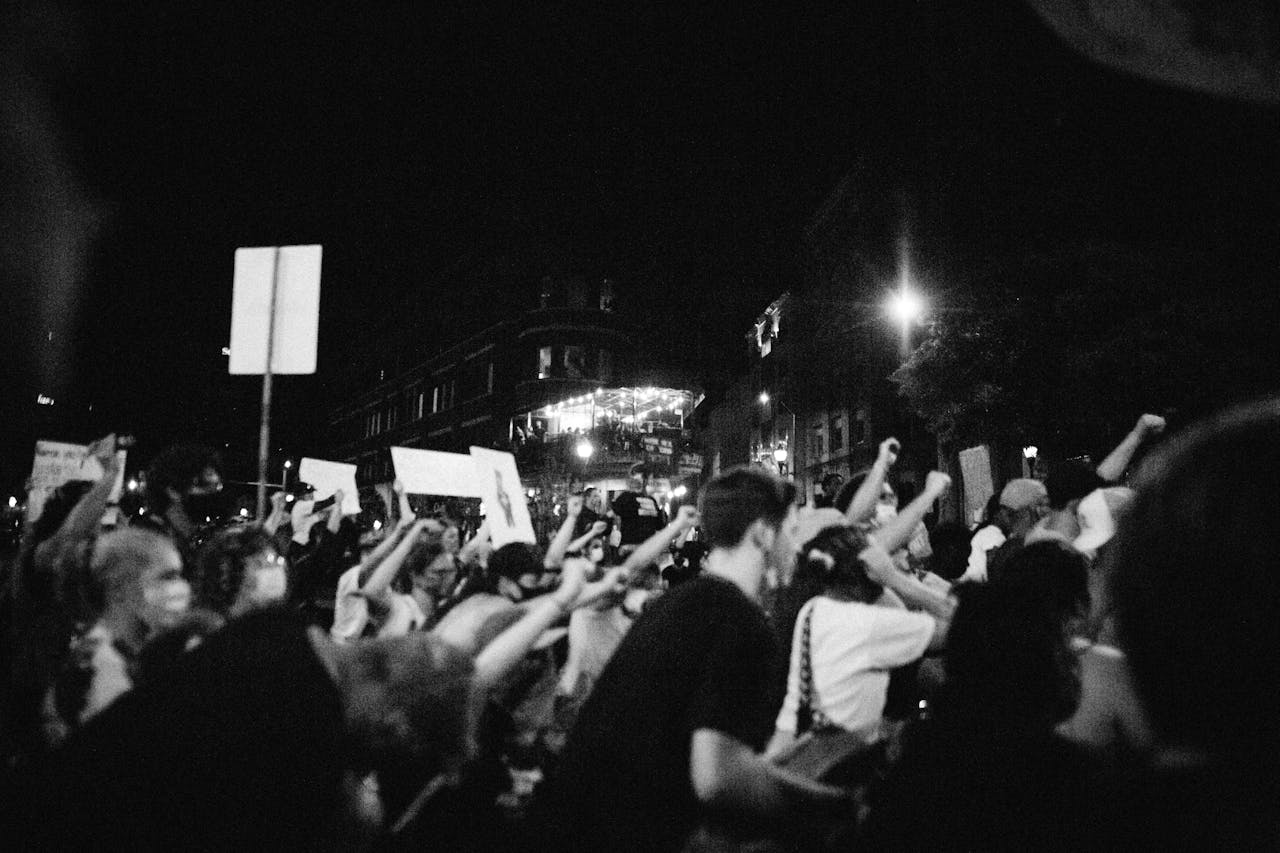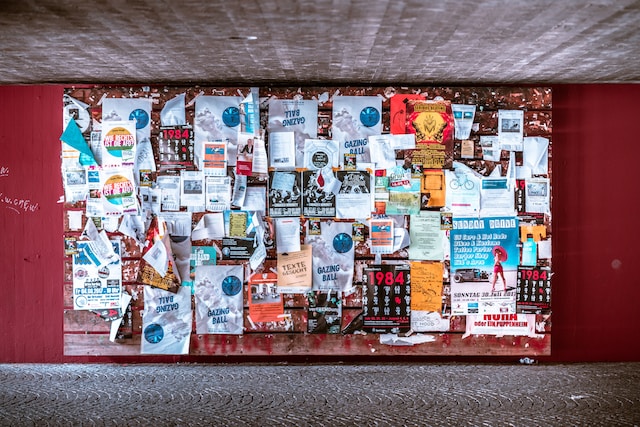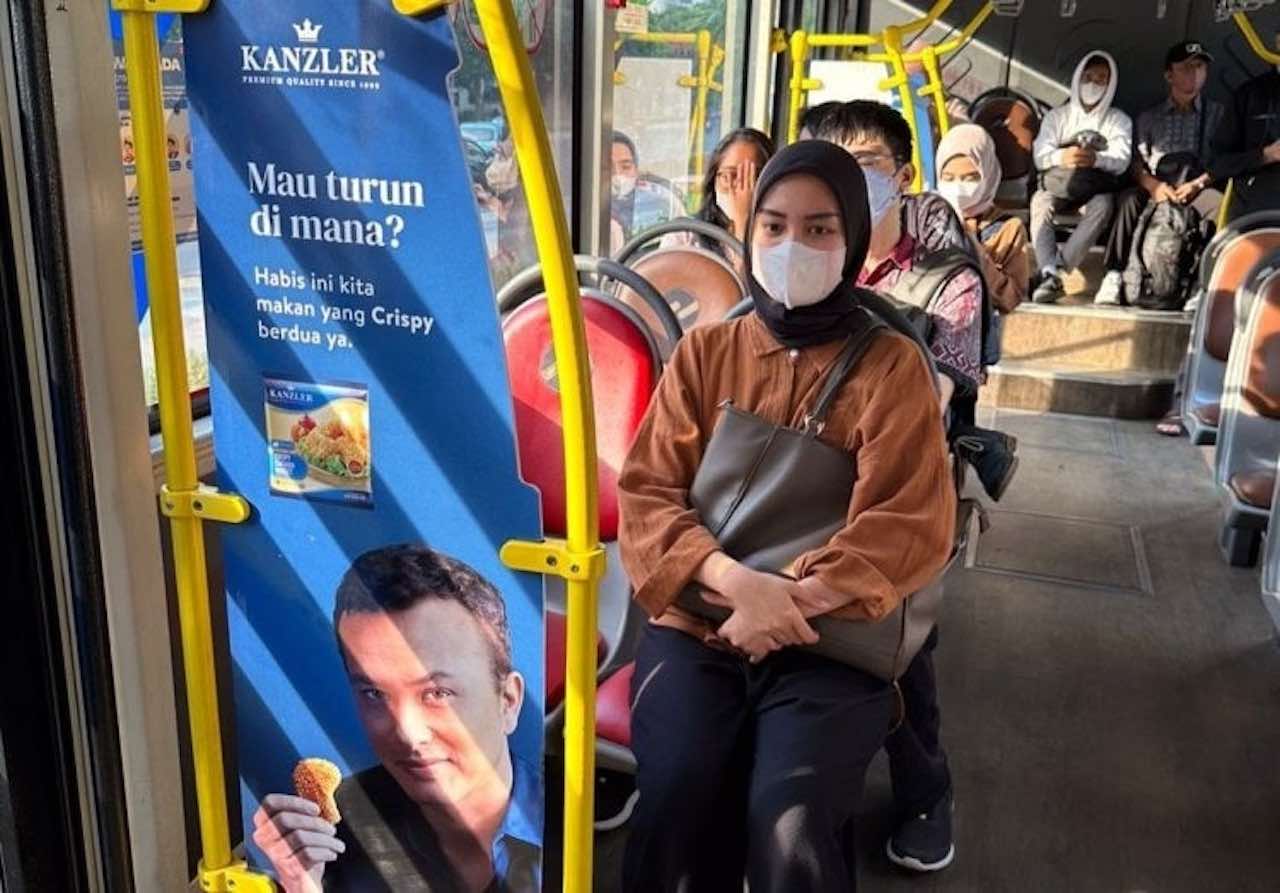
The outdoor advertising industry in Indonesia is undergoing a remarkable transformation. Once dominated by static visuals and prime locations, the future of OOH lies in the powerful combination of data and design. This approach creates a new form of intelligent outdoor media that is measurable, adaptive, and deeply connected to human behavior.
1. From Static Billboards to Smart Media
Technology has completely redefined the way we view public spaces. Billboards are no longer just giant boards on the roadside; they have become adaptive, data-driven communication tools. Through integration with sensors, GPS, and real-time connectivity, outdoor ads can now respond to time, weather, and traffic conditions.
In major cities like Jakarta and Surabaya, digital billboards already display different content throughout the day, aligning with audience moods and routines. This allows brands to deliver personalized, timely messages while retaining the impact of large-scale visuals.
2. The Role of Data in Maximizing OOH Performance
Data has become the lifeblood of modern marketing. In the OOH landscape, it plays a crucial role not only in selecting the right location but also in understanding audience behavior.
By analyzing anonymous mobile movement data, advertisers can now map when and how people travel across specific areas. They can identify hotspots, dwell times, and daily commuting patterns, leading to far more precise media planning.
Several Indonesian OOH operators already use anonymized telco data to estimate audience impressions per billboard. This gives advertisers a clearer understanding of campaign reach and impact — a metric that was once difficult to measure accurately in traditional OOH.
3. When Data Drives Design
While data provides the foundation, design remains the soul of outdoor advertising. The magic happens when data meets design — when audience insights inspire visual storytelling that feels timely, relevant, and emotionally resonant.
For instance, an ad in a business district might adopt a clean, corporate aesthetic, while one in a lifestyle hub like SCBD or Pantai Indah Kapuk might use bold colors and playful typography. By aligning creativity with audience data, each campaign becomes a reflection of its environment and the people who pass by it.
4. Case Study: Location-Based Campaign in Jakarta
A leading energy drink brand recently launched a data-driven campaign targeting professionals and fitness enthusiasts in Jakarta. Using GPS-based audience mapping, they identified optimal billboard zones near offices and gyms. The result: a 40 percent increase in brand awareness compared to conventional placements.
This example shows how OOH success now depends less on billboard size or frequency, and more on how effectively the message aligns with audience behavior and location context.
5. The Future of OOH in Indonesia: Smart, Dynamic, and Connected
Indonesia is rapidly entering the era of smart outdoor advertising. As digital billboard networks expand and data accessibility grows, OOH is evolving into a living, breathing media platform. Campaigns will become dynamic, context-aware, and seamlessly integrated with the digital world.
For advertisers, this marks an exciting opportunity to build stronger emotional connections with audiences. OOH is no longer just about exposure; it is about presence, interaction, and real-world engagement.
Conclusion
When data meets design, outdoor advertising becomes more than a message on a wall — it becomes a dialogue with the public. In Indonesia’s fast-growing urban landscape, this synergy will shape the future of how brands communicate: smart, creative, and human.


